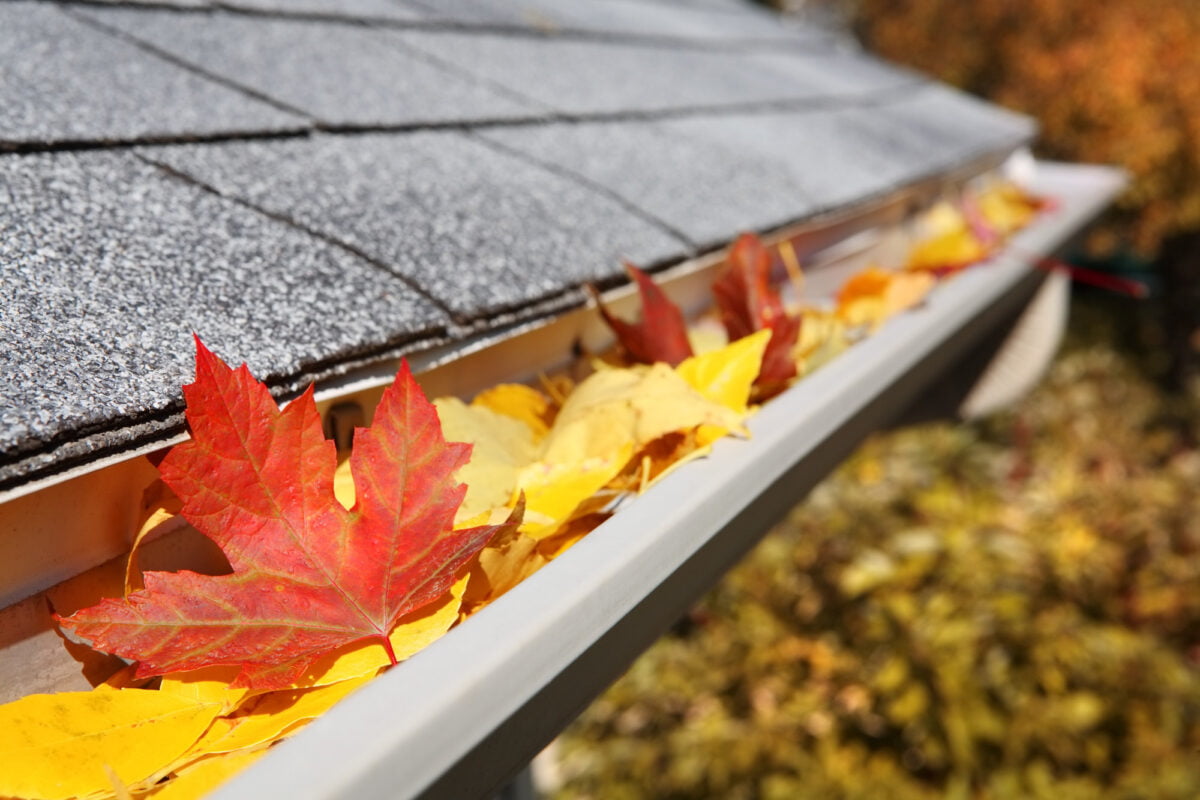Did you know that some four to five million new roofs get installed in the US each year? Many of these are for new construction homes, but others are for replacing existing roofs.
Unfortunately, many of those replacements are for premature roof failures. Instead of lasting for some 20 to 50 years (or longer), they last for just about half of that.
A lack of roofing maintenance is one of the chief reasons for these early replacements.
The good news is that homeowners have a few things they can do to keep their roofs in tip-top condition. We’ve listed the most important ones in this guide, so be sure to read on!
1. Sweep the Roof
One of the easiest roofing maintenance tips you can do is use a roof broom to sweep the lower sections of the roof. This cleaning tool is length-adjustable, so you can stay on the ground while you clean the roof. Use the broom to remove loose debris, such as leaves, twigs, light branches, and even small pieces of trash.
Roof sweeping once-a-season is enough for most homeowners. However, go for at least twice if there are plenty of trees near your house.
2. Give the Roof a Close Look
Scientists say that many of the 12,000 species of moss love sunlight, which is why they flourish on rooftops. They have incredible water retention properties, so they can place a lot of extra weight on your roof. For that reason, it’s best to inspect your roof for algae and moss after each sweeping session.
You can use binoculars for this task so that you can stay on the ground while you inspect the roof. Aside from algae and moss, look for buckled, curled, damaged, missing, or old shingles or tiles. Do the same after bad weather, as you may have roof storm damage that needs prompt roofing repair service.
3. Show Your Gutters and Downspouts Some TLC Too
Gutters and downspouts are not actual roof parts, but they play a part in keeping your roof and home healthy. Gutters catch rainwater flowing off the roof and divert it into the downspouts. The downspouts then channel the water into a drainage system.
So, without gutters and downspouts, rainwater will fall off the sides of your roof. The more water there is, the bigger the potential of ground surface damage. The water can also stream down the sides of your exterior wall and even into your home.
That’s why you also need to keep your gutters and downspouts debris- and clog-free. Whenever you sweep the roof, inspect these two as well. Remove debris from the gutters and pour water into the downspouts to see if it flows freely out of the pipes.
If you see any damage, such as severe corrosion, dents, and holes, contact a roofing repair company. Many local roofing specialists also offer gutter and downspout services.
4. Arborists to the Rescue
Tree branches that touch your roof can rub and scratch away your roof’s outermost layer. Over time, these abrasions can get deep enough to allow moisture to seep in.
Larger branches can also poke or push shingles and tiles, causing them to loosen. Branches can also get stuck under these roof parts and pry them loose when the wind blows strong enough. Worse, tree branches can fall and cause a heavy blow to your roof.
So, if you have trees already encroaching on your roof, have a professional arborist trim them for you. These experts will make sure that the trees won’t get hurt during the process.
5. Rake the Roof
Snow can weigh anywhere from one pound to more than 21 pounds per cubic foot. This depends on how much moisture it contains; the more saturated it is, the heavier it is. Either way, you don’t want all that extra weight on your roof as it can damage your roof or even make it give way.
That makes a roof rake an essential winter tool, as it helps you prevent snow pile-ups on the roof. It consists of an adjustable handle tipped with a scoop- or blade-like attachment. Because its handle extends, you can use it to get rid of roof snow with both of your feet planted on the ground.
However, please be aware that improper use of a roof rake can damage your roof’s structure. Misused, it can send piles of snow or even ice toward the ground. So, only rake the roof if the snow is still fresh and the pile-up isn’t that tall (say, below six inches).
You can use a scoop-tipped roof rake, which looks pretty much like a snow shovel. You need to place the head of the rake at the top of your roof and drag it towards you and the ground. Gravity makes it easy to clear the snow, but be careful as the snow can fall into the gutters or the sides of your home.
By contrast, you need to push a blade-tipped rake upward and away from you. This kind of rake has a trailing sheet that helps keep snow out of your gutters and the sides of your home.
However, since you need to push against the roof’s grain, the rake needs to have coasters or wheels. This way, the blade won’t rub against and damage the shingles or tiles.
Keep These Roofing Maintenance Tips and Guidelines in Mind
Always keep in mind that a new roof can cost you thousands of dollars. For that reason, you’d want your existing roof to last for as long as it should. So, never underestimate roofing maintenance, as it can help prevent early roof failure.
Ready for more tidbits of wisdom on home improvement and maintenance? Then please feel free to check out our other educational household guides!




